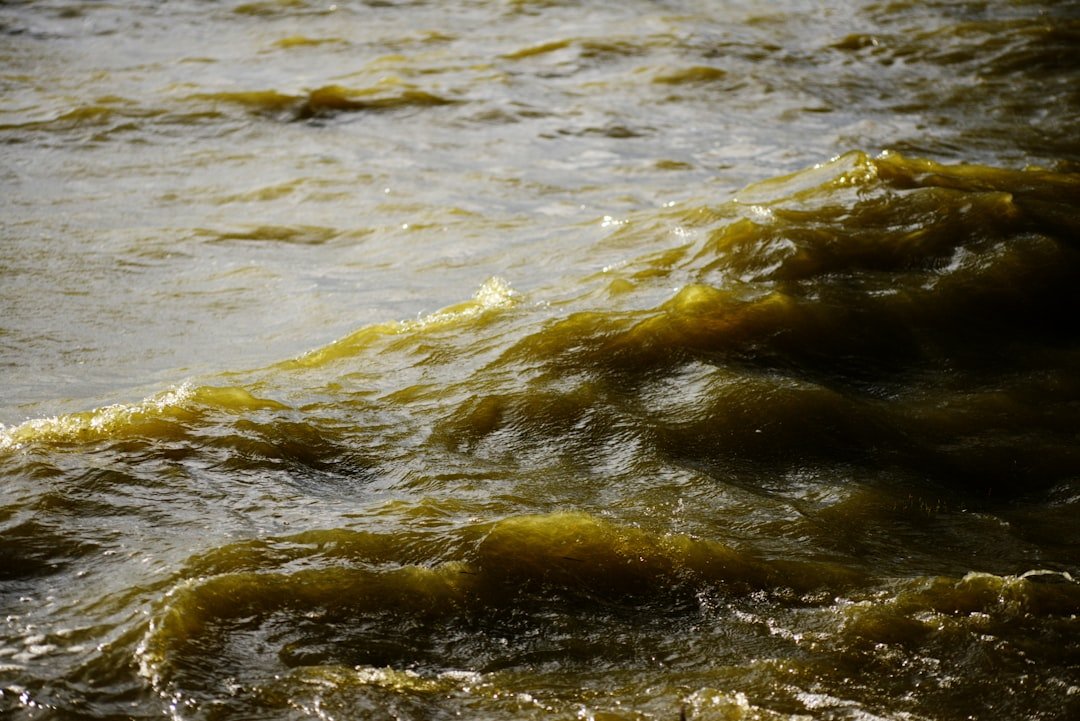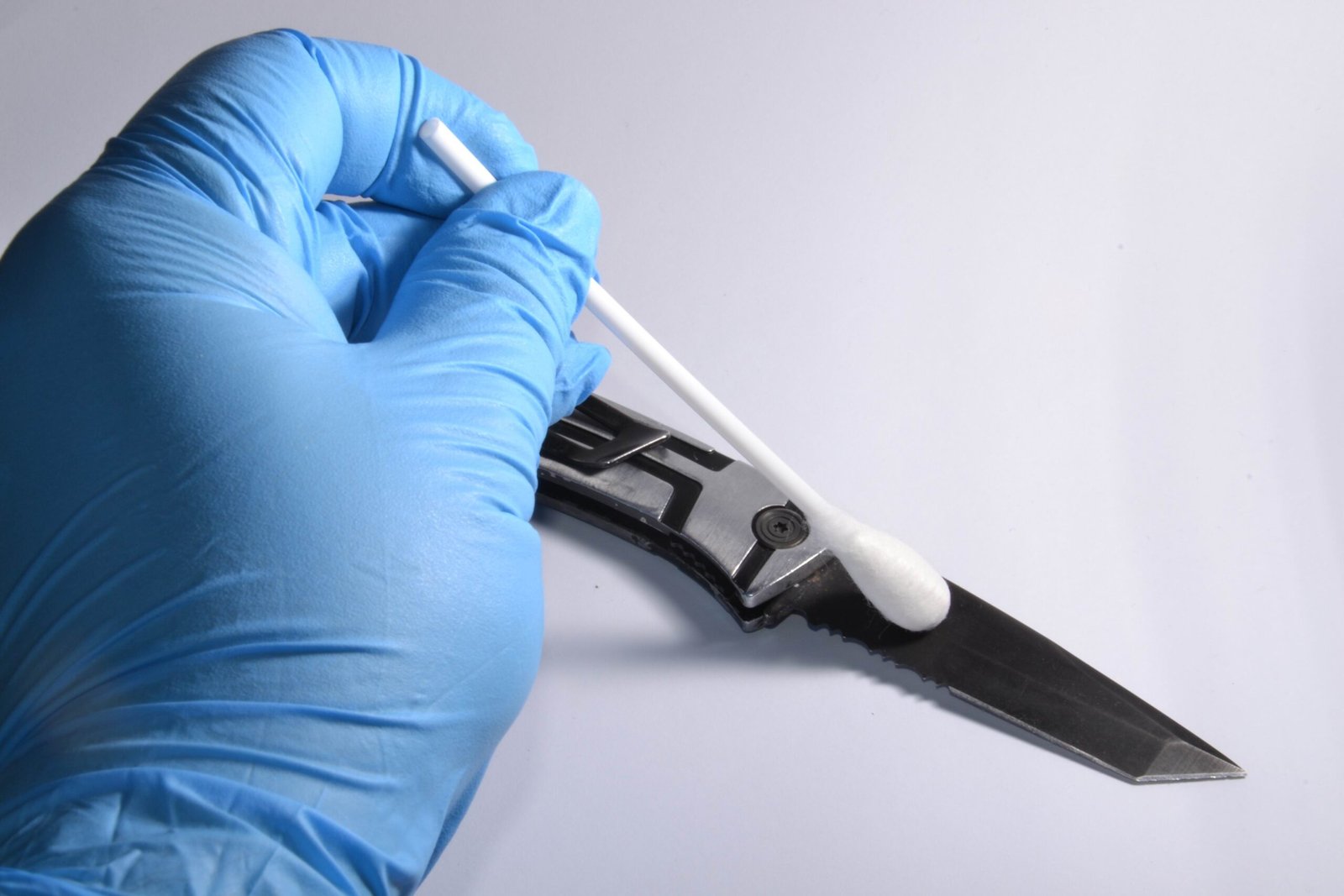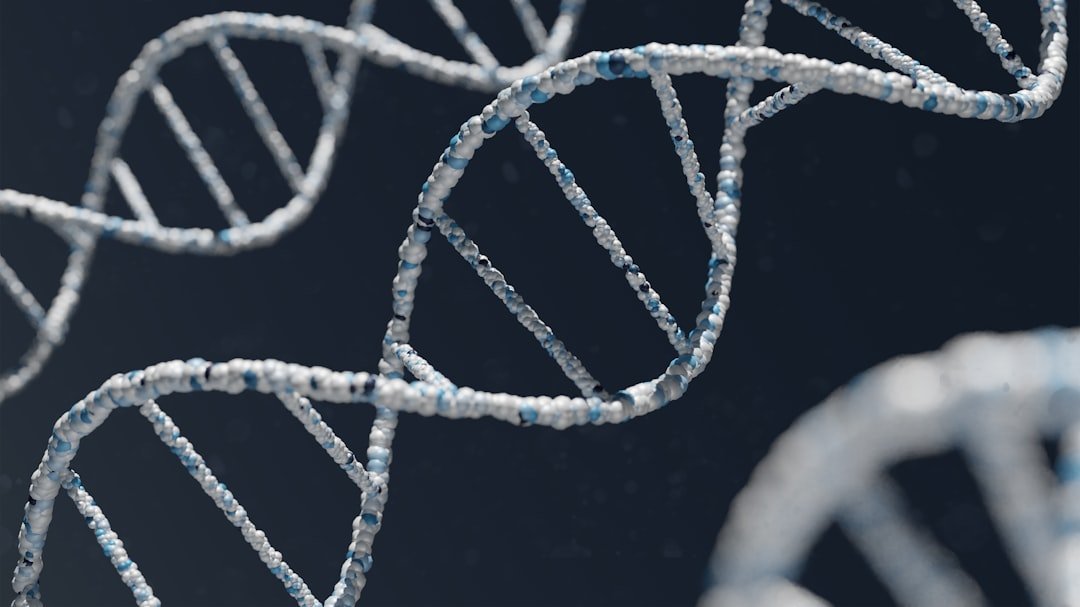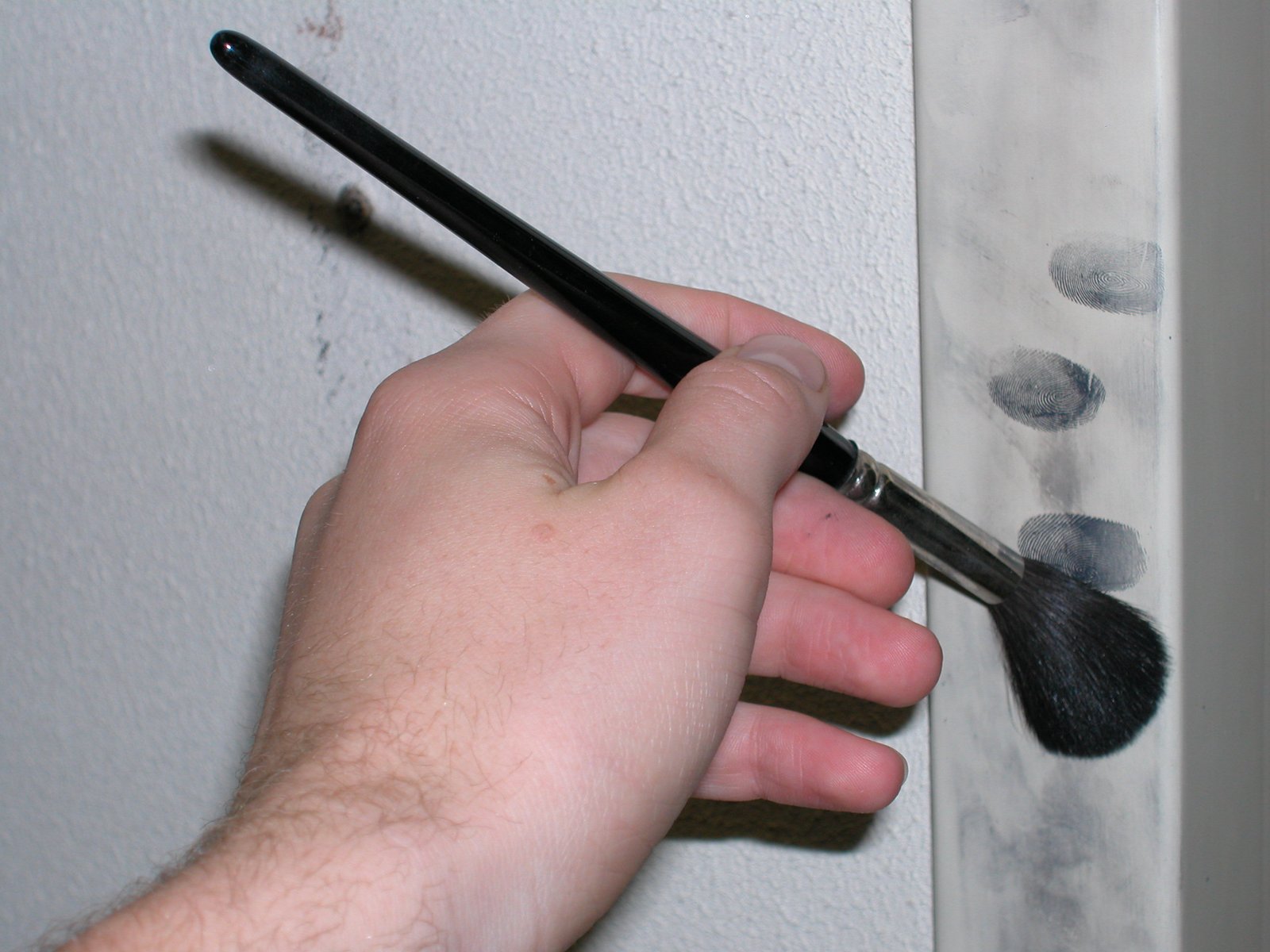In the stunned quiet that follows a catastrophic blaze, a sudden flood, or a bombing, the most urgent question is often the simplest: who is missing, and who is found. Traditional identification methods can falter under heat, water, and fragmentation, so investigators turn to an invisible witness that often survives – the DNA hidden in teeth, bone, and even tiny fragments of tissue. The process is meticulous, methodical, and surprisingly hopeful, restoring names where only chaos seemed to remain. Each step, from collecting a single tooth to comparing a genetic profile with a family reference, is designed to minimize error and maximize dignity. It’s a story of science meeting sorrow with precision, and of small molecules carrying enormous meaning.
The Hidden Clues

What survives when flames roar, waters churn, and buildings collapse? The answer is often microscopic: DNA tucked inside dense tissues like molars and the inner ear bone, sheltered from the worst abuse. Investigators treat every fragment as potentially valuable, because a chip of bone can hold the same genetic code as a full blood sample. This careful mindset matters; the smallest oversight can erase a lead that a family needs. I still remember standing in a small county lab, watching a technician cradle a single tooth as if it were made of glass.
That kind of care isn’t sentimental – it’s scientific triage. Technicians sort remains, photograph them, and log locations to preserve context that might later explain why one sample succeeded and another failed. They note burn lines, water exposure, and visible contamination, because damage patterns guide which tests to run first. In mass events, this discipline scales, with teams dividing and tracking thousands of items so that no identity becomes a statistical blur. The quiet confidence of the process is its strength.
From Scene to Lab: The Collection Chain

Everything starts with controlled collection and an unbroken chain of custody. At the scene, specialists select the most promising substrates for DNA: teeth, femur or tibia shafts, and, when available, soft tissue kept cool to slow decay. Each item is labeled, sealed, and transported with documentation that follows it like a passport. In the lab, analysts decontaminate surfaces and tools, then clean the sample – sometimes shaving away char or scraping off biofilm – to reach protected material. The goal is simple: recover DNA that’s intact enough to speak clearly.
Extraction is next: chemicals break open cells, pull DNA onto a silica surface, and wash away dirt, ash, and microbes. Analysts measure how much DNA they have and how degraded it is, because that determines which test offers the best odds. Short tandem repeat profiling is the workhorse for routine identifications, while mitochondrial testing helps when nuclear DNA is too broken to read. Results move to secure databases and kinship software that can connect a profile to a missing person report or to a family reference sample. At every step, two truths guide the work – move fast, and make sure nothing is rushed.
Fire: When Heat Tries to Erase a Name

High heat shreds DNA, but the body’s architecture offers natural vaults. Teeth, especially molars, shield the pulp where DNA resides, and the dense petrous portion of the temporal bone can protect genetic material even when other bones fail. Analysts often target these structures first, using slow, careful grinding to avoid adding more damage. For severely burned remains, mini-STRs and mitochondrial testing can sometimes read through the broken signal that standard methods miss. In fires with fuel accelerants, chemical residues add another obstacle, so extra purification steps are common.
Time also matters after a blaze. Prolonged exposure to heat and weather hardens tissues in a way that complicates extraction, so early recovery can lift success rates from slim to surprisingly workable. When multiple victims are commingled, the lab separates DNA mixtures by looking for consistent patterns rather than chasing every noisy peak. Matches often come from comparing a partial profile to family references, where even limited overlap can be persuasive under robust statistical models. In the end, a single tooth can do what a wallet cannot – outlast fire and speak for the person who carried it.
Flood: Water, Microbes, and the Race Against Time

Water is deceptively cruel to DNA because it invites microbes, and microbes love to chew on genetic material. Floods may leave bodies submerged or saturated for days, and that accelerates decay, especially in soft tissue. Analysts lean on bones and teeth again, but they also change the chemistry – extra rinses, inhibitors removal, and protocols tuned for waterlogged remains. The lab may prioritize mitochondrial DNA, which exists in many copies per cell and survives better when nuclear DNA is heavily nicked. When river mud is thick with bacteria, negative controls and sterile technique become the difference between a real lead and a lab artifact.
Logistics can be as challenging as chemistry. Cold storage buys time, but electricity isn’t guaranteed after severe storms, so mobile teams improvise with ice, generators, and rapid triage. Family reference collection becomes a community task – voluntary cheek swabs taken at shelters or clinics, always with clear consent and privacy protection. Even partial profiles help; a handful of markers paired with dental records or personal effects can tip a case from uncertain to likely. The faster the coordination, the more names make it home.
Terror and Fragmentation: Rebuilding Identity from Pieces

Explosive events turn bodies into fragments and mixtures, multiplying both the number of samples and the difficulty of sorting them. DNA can still work, but the puzzle grows intricate, with analysts weighing the probability that a fragment belongs to one person versus another. Kinship analysis shines here, aligning partial profiles with parents, children, or siblings who provide reference samples. When multiple families are involved, population genetics helps guard against false matches by factoring in how common certain markers are in a region. It’s the forensic equivalent of assembling a shattered mirror without losing any shards.
Tracking every piece matters for both science and dignity. Labs build reconciliation maps linking fragments that share the same genetic signature, returning as much of a person as possible to loved ones. Advanced software flags potential duplicates and warns when a mixture masks multiple individuals. In some investigations, single nucleotide testing adds resolution where STRs are too degraded. The raw logistics can be overwhelming, but a disciplined pipeline turns that chaos into an orderly queue of answers.
Why It Matters

Identification is more than a laboratory victory; it’s the foundation for legal closure, death certification, and the humane return of remains. Traditional methods like fingerprints and visual recognition can fail when tissue is burned, waterlogged, or fragmented, leaving families in a painful limbo. DNA bridges that gap, providing an evidence-based path to certainty that courts accept and communities trust. Compared with older approaches, DNA can succeed with far less material and under harsher conditions. This reliability is why disaster protocols increasingly place DNA alongside dental and medical records from the first day of response.
The ethical stakes are high, too. Family reference samples require informed consent, careful storage, and clear limits on use that respect privacy beyond the crisis. Transparency about methods and match statistics helps non-scientists understand how a name was confirmed. When responders communicate that care, public support grows and more families step forward, improving match rates. This isn’t just better science – it’s better stewardship of grief.
The Future Landscape

New tools are reducing some processing times, though most disaster victim identifications still take days to weeks. Rapid DNA instruments can generate profiles at or near the point of collection, aiding triage, though labs still confirm results before finalizing identifications. Next-generation sequencing shows promise for reading through degraded DNA in research settings, though STR analysis remains the standard method in most forensic laboratories, especially in burns and long submersions. Smaller, battery-friendly devices promise field-ready extraction and quantification, reducing delays when roads and power are out. Software is improving, too, turning messy mixtures into cleaner probabilities with fewer errors.
Global collaboration will matter as much as gadgets. Shared standards for sample handling, data security, and kinship statistics make results interoperable across borders during multinational incidents. Training more local labs to run validated methods spreads capacity so that remote communities aren’t left waiting. Ethical frameworks must keep pace, setting bright lines for how reference DNA is collected, stored, and destroyed after use. Technology may accelerate, but trust – earned step by step – remains the engine that turns data into names.
Steps You Can Take

Families and communities can help long before disaster strikes. Keep dental records current and accessible, because they complement DNA when profiles are partial or delayed. Talk with loved ones about what identification preferences mean – consenting to provide a cheek swab later is easier when the conversation has already happened. Support local medical examiners and public labs through community advocacy, because their staffing and equipment make the difference when tragedy hits. If you’re in a position to donate, reputable organizations fund training and deploy mobile units that keep cold chains intact.
As a reader, you can also become a skilled translator between science and everyday life. Share how DNA identification works, and why patience and precision matter when news cycles demand instant answers. Encourage elected officials to back evidence-based protocols that protect privacy while enabling rapid, accurate identifications. Volunteer with emergency preparedness groups that practice documentation and chain-of-custody basics. Small actions now can make a hard day shorter and a name return sooner – did you expect that?

Suhail Ahmed is a passionate digital professional and nature enthusiast with over 8 years of experience in content strategy, SEO, web development, and digital operations. Alongside his freelance journey, Suhail actively contributes to nature and wildlife platforms like Discover Wildlife, where he channels his curiosity for the planet into engaging, educational storytelling.
With a strong background in managing digital ecosystems — from ecommerce stores and WordPress websites to social media and automation — Suhail merges technical precision with creative insight. His content reflects a rare balance: SEO-friendly yet deeply human, data-informed yet emotionally resonant.
Driven by a love for discovery and storytelling, Suhail believes in using digital platforms to amplify causes that matter — especially those protecting Earth’s biodiversity and inspiring sustainable living. Whether he’s managing online projects or crafting wildlife content, his goal remains the same: to inform, inspire, and leave a positive digital footprint.




